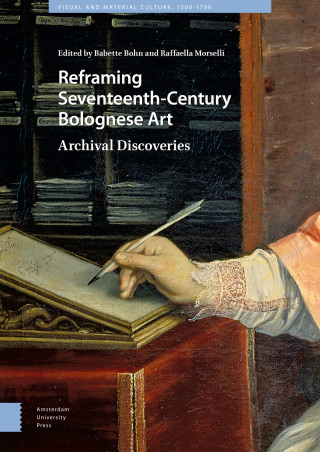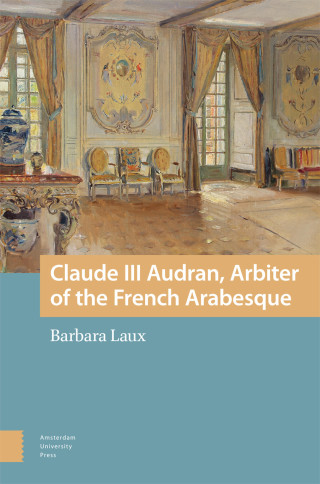The Art of Anna Dorothea Therbusch (1721–1782) is the first English-language monograph on this exceptional German artist that critically examines Therbusch’s artworks and career as a history and mythological painter, portraitist, and maker of synthetic pigments within the German and international milieu that both condemned and celebrated her accomplishments. Adding to the excellent scholarship on French, British, Italian, and Swiss eighteenth-century women painters, this book showcases the social and cultural practices of court cultures beyond France, with a focus on German-speaking Europe and how a provocative woman painter navigated within them. Meticulous archival and literary research sheds new light on the importance of the family atelier as a place of networking, collaboration, and experimentation in the eighteenth century and provides a fresh perspective on the growing Prussian intellectual and mercantilist cultures and their impact on Therbusch’s artistic production and the unavoidable fluency between painting, the minor or luxury arts, and the laboratory. Therbusch's life and art enriches our understanding of female artistic agency and the complexities of pursuing a career in the male- and academy-dominated art world of the eighteenth century.





